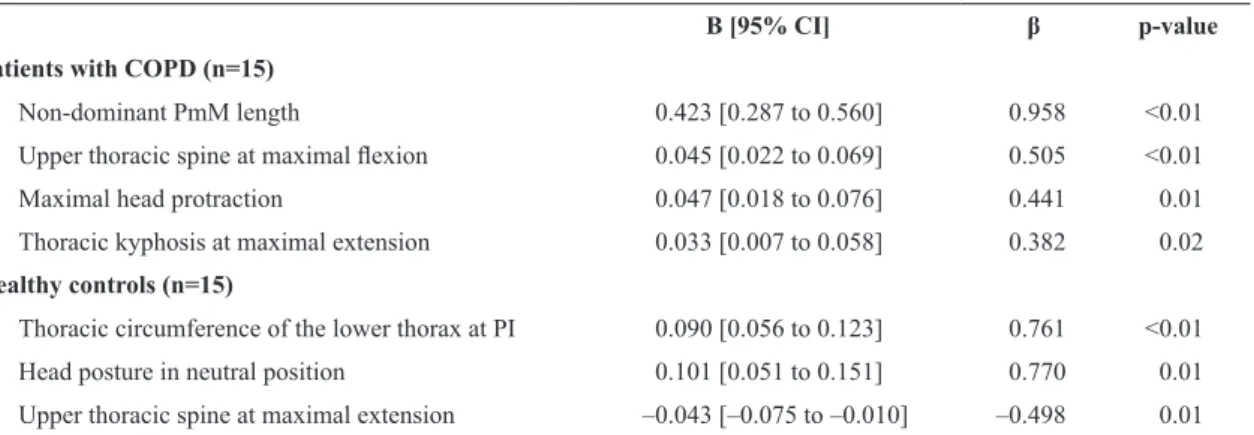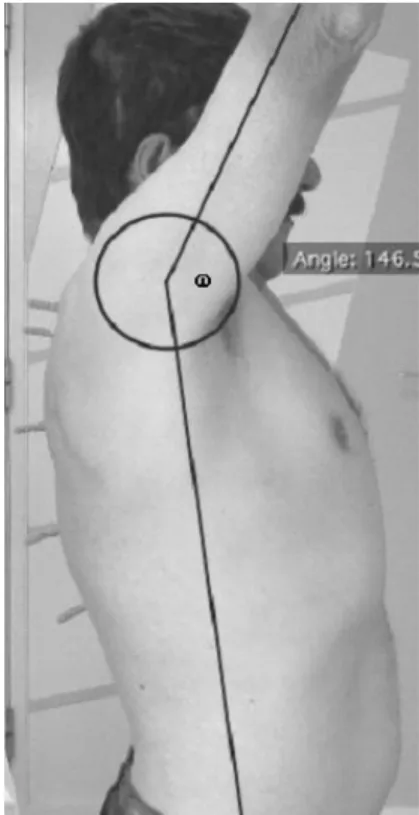Posture and mobility of the upper body quadrant and pulmonary function in COPD: an exploratory study
Texto
Imagem




Documentos relacionados
Recommendations for the Evaluation and Treatment of Muscle Dysfunction in Patients With Chronic Obstructive Pulmonary Disease. Pulmonary rehabilitation in patients
Objective: To evaluate diaphragmatic mobility in relation to lung function, respiratory muscle strength, dyspnea, and physical activity in daily life (PADL) in patients with
OBJECTIVES: The present study aimed to investigate the trends in changes in pulmonary function and the risk factors for pulmonary function deterioration in patients with
Disturbed sleep is a common feature of chronic obstructive pulmonary disease (COPD) and contributes to impaired quality of life in this condition [ 1 ].. Over 50% of patients with
Methods: We evaluated pulmonary function, diaphragm mobility and quality of life, as well as determining the Body mass index, airway Obstruction, Dyspnea, and Exercise capacity
tiotropium into the treatment of patients with severe or very severe COPD and using long-acting β 2 agonists improves pulmonary function and provides
The results of the present study suggest that pulmonary function and respiratory muscle strength/endurance change during the daytime in patients with COPD, the values of FEV 1 ,
This qualitative study explores the illness expe- riences, the efficacy of pulmonary rehabilitation as perceived by patients with chronic obstructive pulmonary disease (COPD)